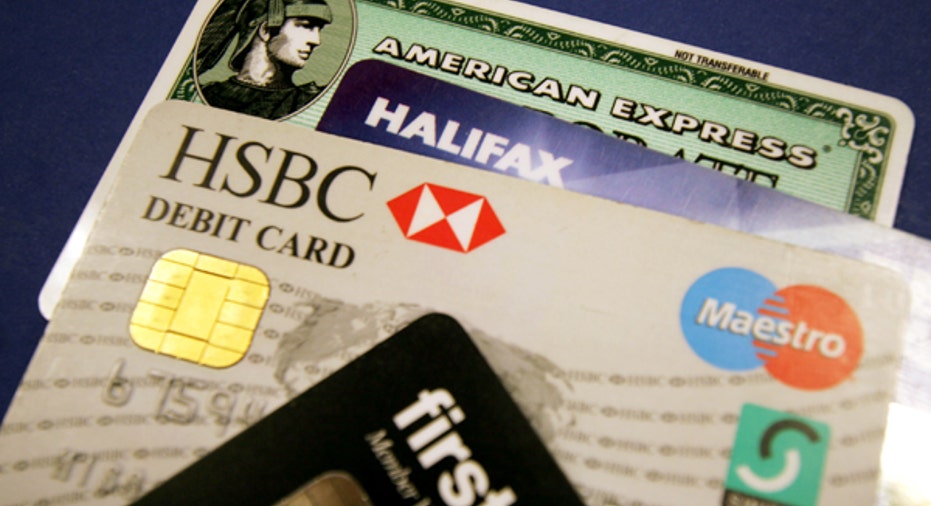Overdraft Fees Often Cost More than Your Purchase

You might think twice about purchasing that $2 pack of gum if the final cost ends up costing you $36.
With more Americans swiping their debit cards for small purchases, overdraft protection fees are racking up.
These fees are charged when a consumer doesn’t have enough cash in their account to cover their transactions.
A new report from the Consumer Financial Protection Bureau finds the majority of debit and credit ATM transactions are $24 or less, with an added median overcharge fee of $34.
While most fees are paid within three days, when broken down into lending terms, a $24 loan for that time period would carry a 17,000% annual percentage rate (APR).
“Today’s report shows that consumers who opt in to overdraft coverage put themselves at serious risk when they use their debit card,” said CFPB Director Richard Cordray said in a release. “Despite recent regulatory and industry changes, overdrafts continue to impose heavy costs on consumers who have low account balances and no cushion for error. Overdraft fees should not be ‘gotchas’ when people use their debit cards.”
Regulators put in place an opt-in requirement in2010 that institutions have to obtain consumer consent before charging fees or allowing overdrafts on transactions. The rule doesn’t apply to checks or automated payments.
Gerri Detweiler, personal finance expert at Credit.com, says overdraft protection fees are easy to incur with so few us tracking our balances.
“It’s an expensive way to get a short-term loan,” she says. “If it was your mortgage check, it would be different, but what I found so interesting about the report is how much people use their debit cards and how often a small purchase can bring on a big fee."
And consumers often feel like they may not have a choice and have to accept these fees, she says, but that’s not the case.
“You realize after the fact and get really mad, or feel you are living on the edge financially. You have to buy groceries or put gas in the car, and just need to make sure your purchase goes through.”
The CFPB finds that 18% of “opted-in” consumers overdraft more than 10 times a year, compared to 6% of those in “non-opted-in” accounts. What’s more, consumers use their debit card 17 times a month, three times more than they do in writing checks or paying bills online.
Here are Detweiler’s three tips for avoiding overdraft fees in the future:
No. 1: Opt out of overdraft protection. “If you make a purchase you don’t have the money for, you can have it denied,” she says.
No. 2: Keep good track of balances. There are numerous apps and websites that help make tracking finances more simple and automatic. Most banks even send out emails and texts when customers’ account balances dip below a certain amount.
No. 3: Be diligent on couples’ accounts. Keeping a balanced budget as a couple is a little more tricky, Detweiler says. “Couples may think there is enough money in the account, but something else could drop the balance,” she says. “Set up alerts to keep on top of this.”